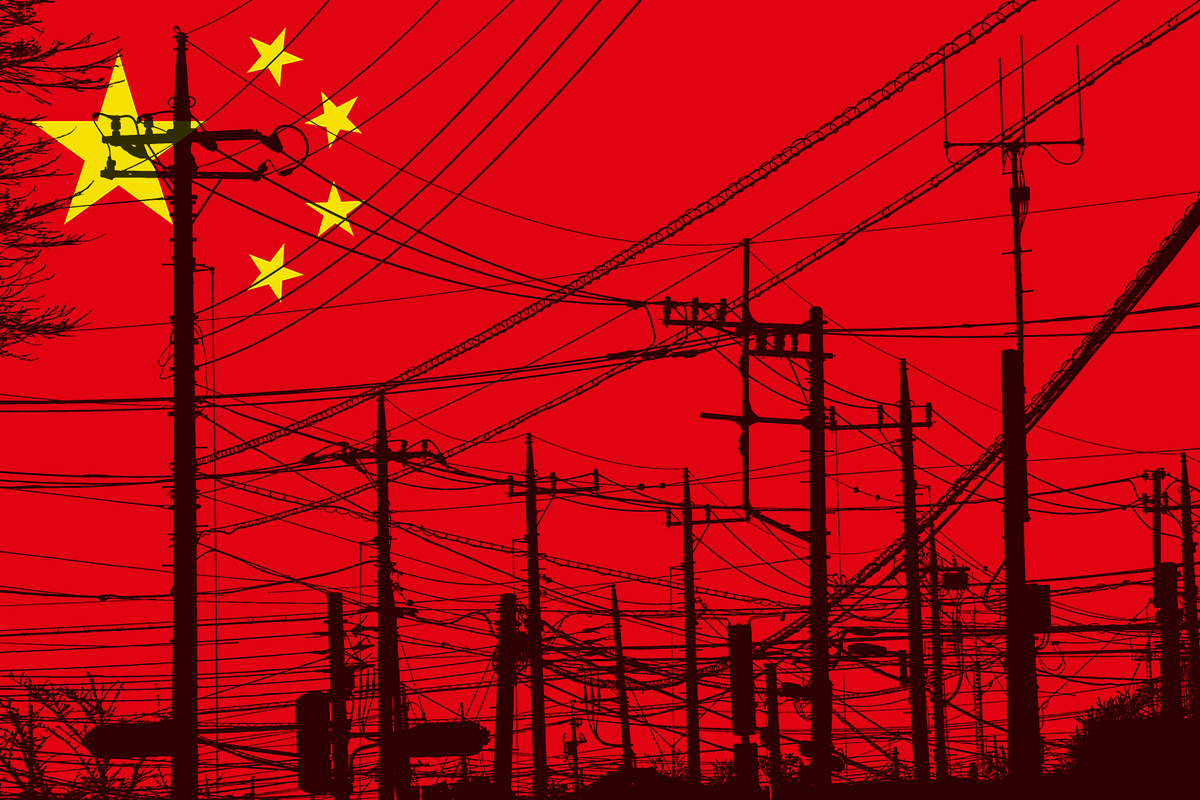News Brief
Explained: Three Reasons Why A Power Crisis Looms Large On China
- China has been aiming to cut down on carbon emissions for quite some time now.
- As several regions fall short of the emission and consumption reduction targets, they have resorted to cutting down on power supply.

China's Power Crisis
China's slowdown might not just be limited to the property sector. The largest power producing country in the world now faces power shortages due to high fuel prices and a crackdown on carbon emissions.
The power crisis seems to be intensifying even as the country struggles to resolve the Evergrande debt crisis.
The Evergrande group is the second-largest property developer in China and has $300 billion in liabilities. Investors, employees, suppliers and creditors are struggling to recover their money from the group, and yet, so far, the Chinese government has not announced any bailout plans.
The power crisis has already stalled the operations of several key suppliers to companies like Apple, Intel, Tesla, Nvidia and other technology majors who have begun suspending operations as the country scrambles to reach power consumption and emission targets.
China's power crisis has three major reasons.
Chinese Crackdown on Carbon Emissions and Electricity Consumption
China has been aiming to cut down on carbon emissions for quite some time now. As several regions fall short of the emission and consumption reduction targets, they have resorted to cutting down on power supply.
Several power-intensive projects have been stalled to prevent an increase in emissions. The crackdown on carbon and on credit-based growth have been a double whammy for Chinese companies.
Yet, both of these issues are joined at the hip. Years of easy credit and government spending funded China's rapid industrialisation and infrastructure development.
In order to meet the growing demand for reliable power, fossil fuel based power plants came to dominate the power sector. Coal based power accounted for almost 65 per cent of China's power production in 2019, though the share of renewable energy has been steadily increasing.
Today, debt to the non-financial sector is higher than China's GDP, indicating the highly leveraged nature of the economy. Both credit-based growth and high carbon emissions would have been unsustainable over the long term, resulting in the Chinese government's decision to curb both.
So far, both actions have resulted in short term pain. Experts have attributed the fall of Evergrande to the "three red lines" policy of the Chinese government which limits borrowing.
Similarly, energy-intensive industries face power cuts with limits placed on emissions.
High Fuel Prices
While some provinces struggle with meeting emission norms, several others are struggling with sourcing the fuel required to run their power plants.
Prices of fuels like coal, natural gas, and crude oil have reached multi-year highs worldwide. Many countries in the world have been facing fuel shortages for power generation.
The United Kingdom, for instance, is trying to bring back coal-based power, as natural gas prices remain quite high. India too, has been facing coal shortages for the past few months.
China, which is the world's largest coal consumer, had to adjust to coal shortages through fuel rationing. Coal futures on the Chinese commodity markets have already quadrupled within the past month, indicating the high demand for the commodity.
The prices have squeezed the Chinese power producers' margins. These companies have to supply electricity at fixed electricity rates but are unable to bring costs under control.
Some of the Independent Power Producers have come together to ask for the government's help to tide over the crisis.
High Electricity Demand
Electricity demand has risen at a rapid pace as China was among the first countries to recover from the pandemic. A report by Fitch Ratings in May 2021 said that strong economic recovery had caused demand to outstrip the pre-pandemic levels.
"Power demand rose by 21.2 per cent year-on-year to 1,921.9 GWh in 1Q21 (first quarter of financial year 2021), exceeding 1Q19 by 14.4 per cent, driven by the industrial sector's 15.3 per cent increase and the tertiary sector's 16.5 per cent gain.
Tertiary demand was marked by the rapid consumption growth of information and technology services. Demand from the charging and battery swapping industry also surged on faster growth in the new-energy vehicle sector," said Fitch ratings in its May report.
The rating agency also highlighted the tightened electricity supply situation in its August report.
Industrial consumers like aluminium companies, smelters, textile companies, and chip manufacturers have declared production cuts. But the crisis has already moved beyond industrial consumers.
Some cities have reportedly begun shutting off street lights as a means to conserve energy. According to Bloomberg, a large city had even asked its residents to use natural light and limit the use of air-conditioning.
The slowdown in both the property and the power sectors could spell trouble for China. The leverage extended to the companies in these sectors is quite high and, therefore, could lead to a crisis.
In the past, economic slowdowns in China have riled the markets and could certainly do so in the future.
Support Swarajya's 50 Ground Reports Project & Sponsor A Story
Every general election Swarajya does a 50 ground reports project.
Aimed only at serious readers and those who appreciate the nuances of political undercurrents, the project provides a sense of India's electoral landscape. As you know, these reports are produced after considerable investment of travel, time and effort on the ground.
This time too we've kicked off the project in style and have covered over 30 constituencies already. If you're someone who appreciates such work and have enjoyed our coverage please consider sponsoring a ground report for just Rs 2999 to Rs 19,999 - it goes a long way in helping us produce more quality reportage.
You can also back this project by becoming a subscriber for as little as Rs 999 - so do click on this links and choose a plan that suits you and back us.
Click below to contribute.
Latest